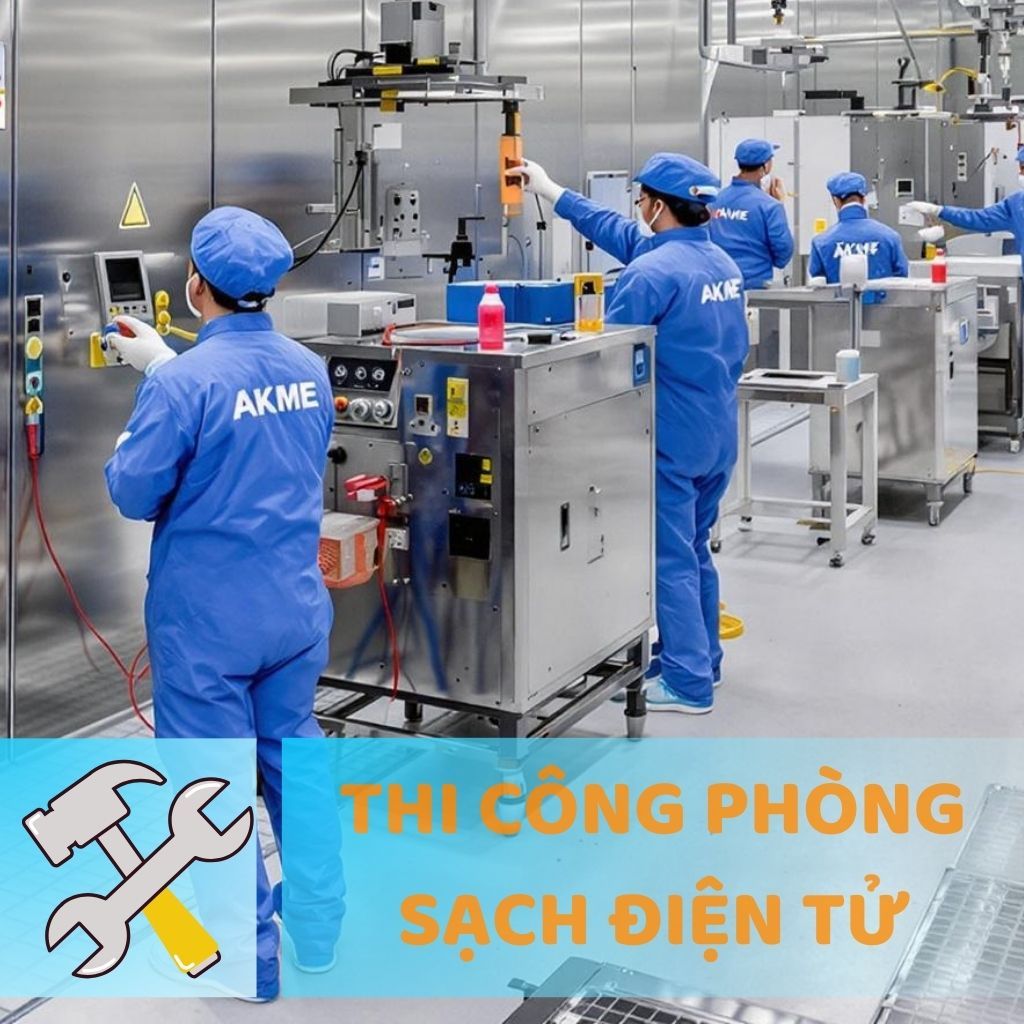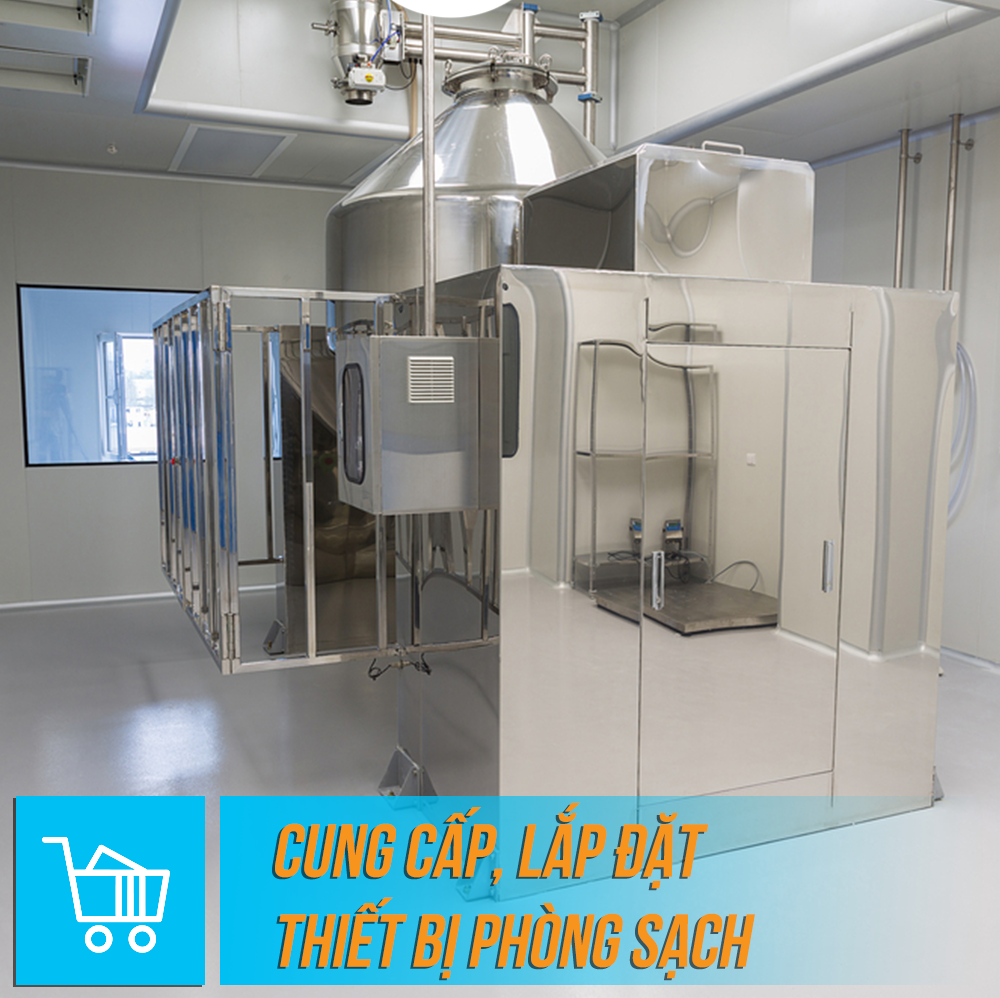Tersicoccus phoenicis: Dormant Bacteria Challenges NASA's Sterile Process
10:14 - 15/09/2025 392
This article takes a deep dive into the groundbreaking discovery of the dormant state of the bacterium Tersicoccus phoenicis in space cleanrooms. Explores the niche in current microbial surveillance, countermeasures against planetary cross-contamination, and new directions in biosafety policing for future space missions.
Cleanroom Light Indicators: Improve Safety & Optimize Processes
Sustainable Packaging for Cleanrooms: Optimization & Innovation
Vietnam's Amended Pharmacy Law: Important amendments & opportunities for businesses
The Future of Cleanroom Technology: Tools, Trends, and Emerging Innovations
☰ Article Table of Contents
- 1. "Playing Dead" Bacteria in Spacecraft Cleanrooms: An Invisible Challenge to Planetary Protection
- 1.1. A Surprising Discovery: The "Hibernating" State of Non-Spore-Forming Bacteria
- 1.2. A Gap in Monitoring Procedures: The Invisible Threat
- 1.3. Implications for Planetary Protection and Future Missions
- 1.4. Not Just a Space Problem: Lessons for Earth-Based Industries
- 1.5. New Directions for Research and Biosafety
"Playing Dead" Bacteria in Spacecraft Cleanrooms: An Invisible Challenge to Planetary Protection
In the quest to explore the universe, ensuring that spacecraft are completely sterile before leaving Earth is one of the top priorities for space agencies like NASA. Cleanrooms for spacecraft assembly are designed with the harshest conditions—from intensive chemical sterilization processes to the control of temperature, humidity, and airflow—to eliminate all microbial life. However, a recent study has revealed an astonishing survival strategy of bacteria, posing a new challenge to current planetary protection protocols.
A Surprising Discovery: The "Hibernating" State of Non-Spore-Forming Bacteria
For a long time, sterilization efforts have primarily focused on eliminating spore-forming bacteria, such as the Bacillus species. Spores are extremely durable structures with thick walls that help bacteria withstand high temperatures, chemicals, and harsh environments.
However, a new study published in the journal Microbiology Spectrum has discovered a completely different survival mechanism in the bacterium Tersicoccus phoenicis. This is a non-spore-forming bacterium that is frequently found in NASA's cleanrooms. Instead of forming spores, T. phoenicis can enter a "hibernating" or "playing dead" state, also known as the Viable But Not Culturable (VBNC) state.
In this state, the bacteria almost completely cease their metabolic processes and growth, making them invisible to standard microbial detection methods. However, they are still alive and capable of "waking up" when they encounter more favorable conditions, such as when exposed to a special protein called a Resuscitation-promoting factor (Rpf).
A Gap in Monitoring Procedures: The Invisible Threat
This discovery points to a serious flaw in current biosafety protocols. The most common method for testing the cleanliness of a spacecraft is to take surface samples and culture them in a laboratory to see if any bacteria grow. However, this method is completely unable to detect bacteria in a dormant state like T. phoenicis.
This means that, in theory, a spacecraft could pass all the most stringent sterility tests but still inadvertently carry these microbial "hitchhikers." They are like biological time bombs, capable of surviving the harsh environment of space and "reactivating" upon reaching another planet.
Implications for Planetary Protection and Future Missions
This is a major concern for planetary protection, especially the risk of "forward contamination"—that is, contaminating other planets with life from Earth.
- Risk on Mars: Scientists are concerned that if these dormant bacteria reach Mars on a crewed mission, they could be revived in the astronauts' habitat—which would be rich in nutrients from growing food.
- A Balanced Perspective: Some experts argue that the surface of Mars is too harsh (with extreme UV radiation, freezing temperatures, low pressure) for these non-spore-forming bacteria to survive for long. However, the risk of contamination from crewed missions is almost certain, and this discovery underscores the need to improve detection and cleaning methods.
This finding also reveals a bigger picture: NASA's cleanrooms are inadvertently becoming a special evolutionary environment, creating extremely resilient microorganisms (extremophiles). Another study has identified up to 26 new species of bacteria in these cleanrooms, many of which carry genes that help them resist radiation and sterilization processes.
Not Just a Space Problem: Lessons for Earth-Based Industries
The dormant state of bacteria is not just an issue for the aerospace industry. It also has significant implications for industries on Earth:
- Pharmaceutical Industry: Cleanrooms producing sterile drugs and vaccines have also reported the presence of Micrococcus luteus—a close relative of T. phoenicis—in a dormant state, posing a risk of product contamination.
- Food Industry: Pathogenic bacteria such as Listeria monocytogenes can use the dormant state to survive in cold environments or after chemical treatment, then reactivate and pose a food safety risk.
New Directions for Research and Biosafety
The discovery of T. phoenicis's ability to enter a dormant state has opened a new and urgent direction for biosafety research. Scientists are now calling for the development of more advanced cleaning and detection methods that are not solely based on cultivation but can also identify living but inactive microorganisms.
The fight against microbial contamination in the most tightly controlled environments is becoming more complex than ever. Understanding the "hidden" survival mechanisms of bacteria is the first and most crucial step for us to build more effective strategies, ensuring safety for both space exploration missions and life on our own planet.
 | ANH KHANG CLEANROOM MECHANICAL AND ELECTRICAL JOINT STOCK COMPANY Hotline: 1900 636 814 - 0902 051 222 Email: info@akme.com.vn Website: akme.com.vn Add: Lot B7 - Xuan Phuong Garden - Phuong Canh - Nam Tu Liem - Hanoi. |
12:05 - 28/11/2019 47511
Cleanroom Design and Construction
14:05 - 11/03/2025 20121
GMP and ISO Standard Cleanroom Construction
14:18 - 11/03/2025 12039
ISO Standard Medical Cleanroom Construction
14:13 - 28/02/2025 23020
Electronics Cleanroom Construction
16:15 - 18/03/2021 4613
Warranty Service
16:26 - 28/11/2019 17645
Supply and installation of cleanroom equipment
14:50 - 26/11/2019 5962
Technology Production Line Consulting
16:35 - 19/03/2025 18232














